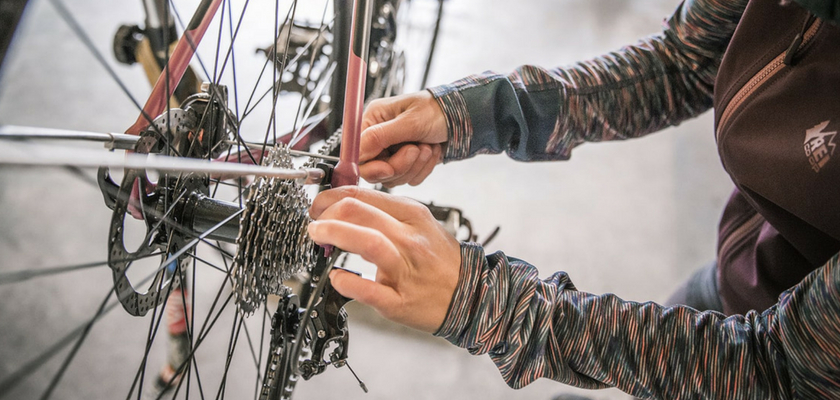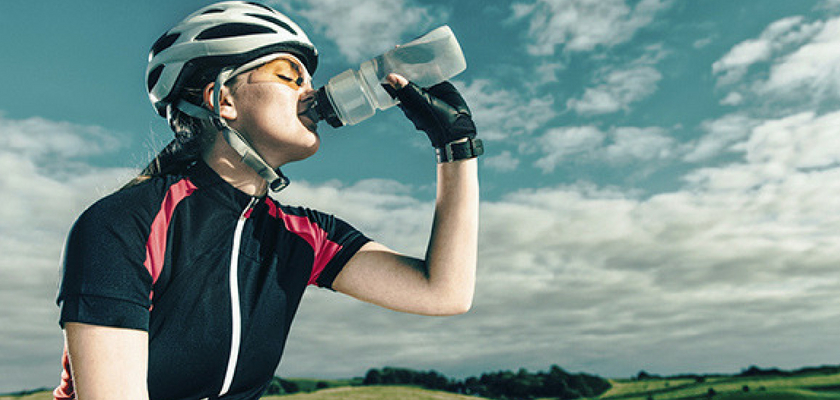Introduction

Whether you are racing or touring, long-distance bike riding can be very satisfying. In general, it is more significant to set up your mind and your gear for the challenge ahead than it is to thoroughly train your body. The best way to physically train for a long cycling trip is to take a long cycling trip! There are, however, a number of mental and logistical steps that you can take to make the journey go more easily.
Make Sure Bike Is Serviced Before the Trip

Preparation is key, and for a long ride, preparation comes through servicing your bike. Make sure the bike is checked by an approved expert, since the best way to make it a happy trip is when your bike is trouble free.
Stretch First

Warm up for at least ten minutes before each long-distance bicycling session. Try dynamic stretches like star jumps (jumping jacks), running in place, and burpees. Be sure to stretch your legs out to reduce the risk of leg cramps. Give special attention to the thighs.
Shift Gears

When you come to an upward incline, change into a lower gear so that you would more easily reach the top. Change to a higher gear when going down a hill to create a bit more friction between your tires and the road. All through the ride, stay aware of how hard you're working. If you are attempting to push the pedals, you should switch into a lower gear to save your energy. Carry Lubricant oil so that you can use the same when required.
You Can’t Avoid Hills

Sure, it appears apparent, but the fact is you can’t always repeat race day in your training. Hills, water and wind are the menace of many a rider, so when faced with one or all, don’t panic. Just drop as many gears as required and focus more on maintaining your RPMs than your speed. For resistance with water use Rust-Oleum Truworth NeverWet designed to make a moisture repelling barrier for your successful ride.
Take Regular Breaks

Even if you feel strong, stop every 16–32 km to give your body a rest and make sure that everything's running well. Rehydrate by drinking some water, and boost your energy levels with a quick snack. Check your bike for any issues. Stretch to keep your muscles from tightening. Continue to take breaks until you arrive at your destination.
Bring Plenty of Water and High-energy Foods

Supplement with electrolytes for enhanced hydration and muscle function. Your body loses these natural minerals when you sweat, and it's significant to replace them if you'll be exerting yourself for a while. You can blend electrolyte powder into your water; you can drink electrolyte-rich beverages like Gatorade and PowerAde; or you can pop electrolyte pills, accessible in bulk from numerous outdoor-supply stores.
Quick Tip
- To release your neck and shoulders, shrug for 5 to 10 seconds.
- On a clear stretch of road, reach one hand up between your shoulders for a few seconds, then swap hands.
- Aches and pains crop up during long rides. To reduce them, move.
- Periodically change hand positions, keeping your thumbs wrapped around the bar or brake lever for security.
- Stand up and drop one pedal so your leg is straight. Let your heel sag below the pedal. Hold for 20 seconds, then switch legs.